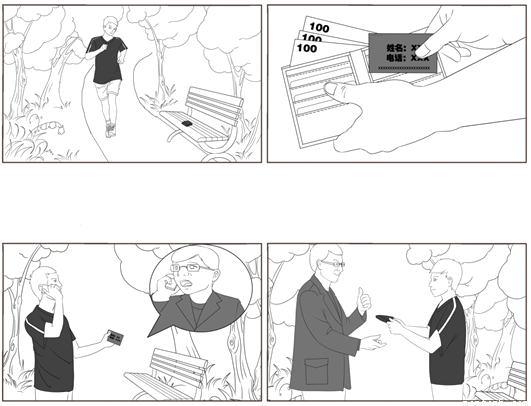题目内容
—I am worn out now. I stayed up last night to finish the report.
—Oh? You ______. The professor asked us to hand it in next week.
A. needn’t have B. wouldn’t have
C. couldn’t have D. can’t have
假设你是红星中学高三(1)班的学生李华,校报英文版正在开展“续写雷锋日记”活动。请根据以下四幅图的先后顺序,将你所做的一件好事以日记形式记述下来,向校报投稿。
注意:1.日记的开头已为你写好。[来%^~源&:中#教网]
2.词数不少于60。
|
Saturday, May 3 Fine
This morning, ________________________________________________________
_________________________________________________________________________
_________________________________________________________________________
_________________________________________________________________________
_________________________________________________________________________
_________________________________________________________________________


